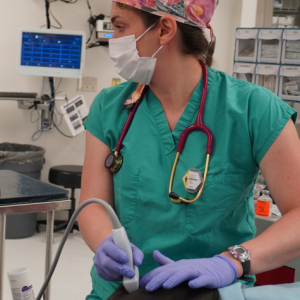Europe has suffered the largest seasonal epidemic of bird flu in history
The European Food Safety Authority (EFSA) has just published its report on avian influenza in Europe, corresponding to the period from March to June 2022. According to the figures included in it, during the 2021-2022 epidemic season, there were around 5,300 detections of highly pathogenic avian influenza (HPAI) viruses in poultry, captive and wild birds in 36 countries of the European Union/European Economic Area (EU/EEA) and the United Kingdom, representing the most significant number of HPAI cases for an epidemic season ever reported.
A total of 2,398 outbreaks in domestic birds led to the slaughter of 46 million birds in the affected establishments. More than half of the poultry outbreaks in Europe were due to secondary spread, from infected birds to other poultry farms. In addition, 168 outbreaks in captive birds and 2,733 HPAI detections in wild birds were detected in 36 European countries.
The observed persistence of the H5 virus in wild birds indicates that it may have become endemic in these populations in Europe, implying that the health risk to birds, humans, and wildlife on the continent remains present throughout the year, with the highest risk in the fall and winter months.
Response options to this new epidemiological situation include the definition and rapid implementation of adequate and sustainable HPAI mitigation strategies, such as appropriate biosecurity measures and surveillance strategies for early detection measures in the different poultry production systems. Medium- and long-term strategies to reduce poultry density in high-risk areas should also be considered.
Data from March to June
Between 16 March and 10 June 2022, 1,182 HPAI virus detections were reported from 28 EU/EEA countries and the UK in poultry (750), and in wild birds (410), and captives (22). During this period, 86% of poultry outbreaks were secondary due to the spread of the HPAI virus between farms.
Geographic location
France recorded 68% of widespread poultry outbreaks, Hungary 24%, and all other affected countries less than 2% each. Most detections in wild birds were reported by Germany (158), followed by the Netherlands (98) and the United Kingdom (48).
Genetics and risk of infection
The results of the genetic analysis indicate that the viruses currently circulating in Europe belong to the 2.3.4.4b clade. HPAI A(H5) viruses were also detected in wild mammalian species in Canada, the US, and Japan and showed genetic markers for adaptation to replication in mammals. Since the last report, four A(H5N6), two A(H9N2), and two A(H3N8) human infections have been reported in China and one A(H5N1) in the US.
The risk of infection is assessed as low for the general population in the EU/EEA and low to medium for occupationally exposed persons.













List
Add
Please enter a comment